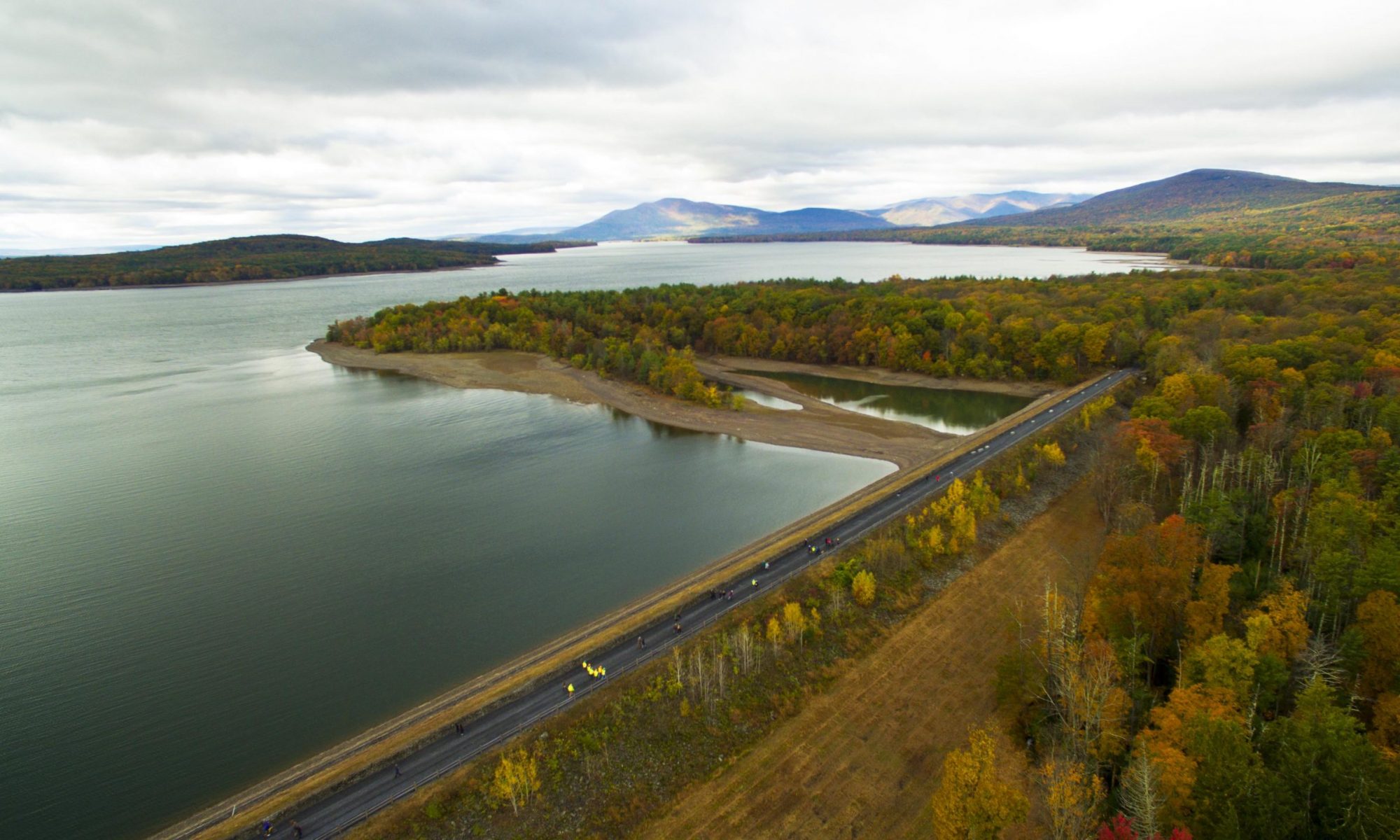Q: Are there restrooms on the Ashokan Rail Trail (“ART”)?
A: Port-a-potties are located at each of the three public trailheads, including accessible units. There are no facilities along the trail between the trailheads, and there is no running water available.
Q: Are dogs allowed on the ART?
A: Yes. Dog on leash are allowed. We have supplied dog waste stations with bags and containers for disposal so please clean up after your dog to help protect our drinking water supply and trail.
Q: Am I allowed to go off the trail to the woods and/or water along the ART?
A: Leaving the trail to enter other DEP lands or go down to the water’s edge is prohibited unless you have a DEP Access Permit and are hunting or fishing. Access Permit holders may not leave the trail if they are not fishing or hunting. DEP Police will issue tickets for trespassing and swimming/wading in the Reservoir so please stay on the trail unless you have a Permit and are hunting or fishing.
Q: Why are there reserved parking areas for Angler Parking?
A: Prior to the ART’s construction, the Reservoir and adjacent lands were used for many decades for fishing and hunting. Ulster County and DEP have left reserved spots for anglers and hunters to ensure trail visitor parking did not displace these long-term uses. Please note that if you park in the Angler Parking spots, you must display a DEP Parking Tag and be fishing or hunting. All others will be ticketed.
Q: Are e-bikes allowed?
A: At this time, e-bikes are allowed on the trail. However, if excessive speeds and/or risks to other visitors becomes an issue, the County may prohibit certain classes of e-bikes.
Q: What is the “K” on the milepost markers along the ART?
A: The “K” is for Kingston, which is where the former railroad began at Milepost 0 at the Hudson River. The ART runs from just west of Milepost 10 in West Hurley to Milepost 21.5 in Boiceville.
Q: How much did the ART cost to build and what funding was used?
A: The Ashokan Rail Trail project cost $16.2 million to engineer and construct. This included removal of 11.5 miles of deteriorated wooden rail ties and track materials, construction of trail subbase and top course, repair of more than 40 culverts and restoration of drainage ditches, construction of the Butternut Creek Bridge, reconstruction of the Boiceville Bridge over the Esopus, installation of a 500 foot boardwalk over a wetland, and construction of the three trailheads. Ulster County paid approximately $5.3 million with the remaining $10.9 million funded through grants from New York City DEP, NYS Department of Environmental Conservation, NYS Parks, FEMA and the Catskill Watershed Corporation.

